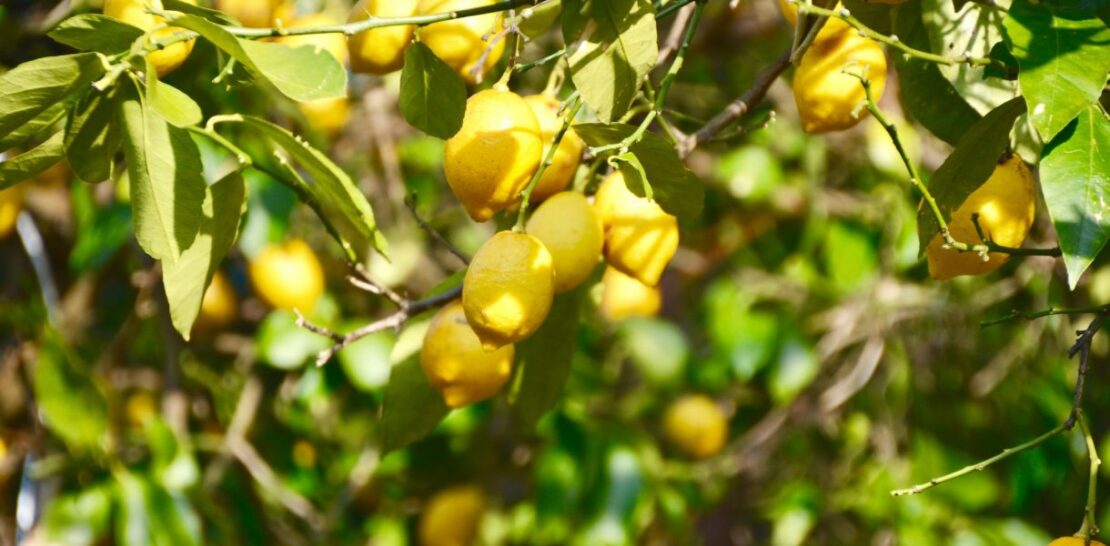Are you captivated by the idea of having your own thriving lemon tree, providing you with an endless supply of fresh, zesty fruit to brighten up your culinary creations?
Delve into this comprehensive guide on how to plant and grow a lemon tree successfully.
We will explore every stage from selecting the right variety, to planting, caring for, and harvesting your lemons.
Let this be your go-to resource for transforming your garden into a vibrant, citrus paradise.
Choosing the Perfect Lemon Tree Variety for Your Garden
Not all lemon trees are created equal. Your first step in this journey is to decide which variety best suits your needs and environment.
- Eureka Lemon: This iconic variety produces large, juicy fruit year-round, making it an excellent choice for those who want a consistent supply of lemons. Eureka lemon trees are more suited to warmer climates, but they can also be grown in colder regions with proper care and protection.
- Lisbon Lemon: Similar to Eureka, the Lisbon lemon is a prolific producer of fruit throughout the year. However, it is more tolerant of cold temperatures and can be grown in a wider range of climates. It is also more resistant to pests and diseases, making it a hardier option for those new to lemon tree cultivation.
- Meyer Lemon: A smaller, more cold-tolerant variety, the Meyer lemon is ideal for those with limited space or living in cooler climates. Its fruit is sweeter and less acidic than other varieties, making it a popular choice for cooking and baking. Meyer lemon trees can even be grown indoors in a pot with proper care and attention.
- Ponderosa Lemon: These massive fruit-producing trees are not for the faint of heart. Ponderosa lemons can weigh up to two pounds each, providing an impressive yield. This variety is best suited for those with ample space and a desire for a unique, showstopping addition to their garden.
Preparing the Ideal Environment for Your Lemon Tree
Once you’ve chosen your perfect lemon tree variety, it’s time to prepare the ideal environment for planting and growth.
- Location, Location, Location: Lemon trees require a minimum of six hours of sunlight per day, so choose a spot in your garden that provides ample sunshine. If you live in a colder climate, consider planting your tree on the south-facing side of your home to maximize warmth and protection from harsh winds.
- Soil Matters: Lemon trees thrive in well-draining, slightly acidic soil with a pH between 6.0 and 6.5. Test your soil and amend it as necessary, using organic materials like peat moss, compost, or sulfur to achieve the desired pH level.
- Spacing for Success: Give your lemon tree plenty of room to grow by planting it at least 8-10 feet away from other trees, structures, or property lines. This will ensure adequate airflow and limit the potential for diseases or pests to spread between plants.
Planting Your Lemon Tree: A Step-by-Step Guide
With the perfect variety selected and an ideal environment prepared, you’re ready to plant your lemon tree. Here’s a step-by-step guide to ensure a successful planting process:
Step 1: Dig the Hole
Begin by digging a hole twice as wide and just as deep as the root ball of your lemon tree. This will give the roots plenty of room to expand and establish themselves in their new home.
Step 2: Amend the Soil
Mix equal parts of the native soil you removed from the hole with organic compost or well-rotted manure. This will provide vital nutrients and improve drainage, creating the ideal environment for your tree’s roots to thrive.
Step 3: Position the Tree
Place the root ball of your lemon tree in the center of the hole, ensuring that the top of the root ball is level with the surrounding soil. Be careful not to plant your tree too deep, as this can lead to root rot and other problems.
Step 4: Backfill and Water
Fill the hole with the amended soil mixture, gently firming it down around theroot ball to eliminate air pockets. Water your newly planted lemon tree thoroughly, saturating the soil to help settle it and establish good root-to-soil contact.
Nurturing Your Lemon Tree: Care, Maintenance, and Problem-Solving
With your lemon tree planted, the journey continues as you care for and maintain your citrus haven. Here are the essential aspects of lemon tree care to ensure a healthy, productive tree:
- Watering Wisely: Lemon trees require consistent moisture, but overwatering can lead to root rot. Water your tree deeply and infrequently, allowing the soil to dry out slightly between waterings. A good rule of thumb is to water your tree once a week during dry periods, and less often during times of higher rainfall.
- Feeding Your Tree: Lemon trees are heavy feeders, requiring regular applications of fertilizer to support their growth and fruit production. Apply a slow-release, citrus-specific fertilizer three times a year – in spring, summer, and fall – following the manufacturer’s instructions for application rates.
- Pruning for Productivity: Regular pruning is essential to maintaining a healthy, productive lemon tree. Remove any dead, damaged, or diseased branches, as well as any branches that cross or rub against each other. Prune your tree annually in late winter or early spring, before new growth emerges. This will encourage an open canopy, allowing sunlight and air to penetrate the tree and promote healthy fruit development.
- Managing Pests and Diseases: Lemon trees can be susceptible to various pests and diseases, such as aphids, scale insects, and citrus leaf miners. Monitor your tree regularly for signs of infestation or illness and treat promptly with organic or chemical controls as appropriate. Practice good garden hygiene by keeping the area around your tree free of debris and fallen fruit, which can harbor pests and diseases.
Harvesting Your Lemons: Timing, Techniques, and Storage
The final and most rewarding step in growing a lemon tree is harvesting your homegrown, sun-ripened fruit. Here’s what you need to know about timing, techniques, and storage:
Timing Your Harvest
Lemons do not continue to ripen once picked, so it’s important to harvest them at the peak of ripeness for the best flavor and juiciness. A ripe lemon will have a vibrant yellow color, a slightly glossy appearance, and a slight give when gently squeezed. The specific ripening period will vary depending on the variety, but most lemon trees will begin to bear fruit within 3-5 years of planting.
Harvesting Techniques
To harvest your lemons, use a sharp pair of pruning shears or a knife, cutting the stem close to the fruit. Be careful not to damage the fruit or the tree during the process. It’s best to harvest your lemons in the morning when temperatures are cooler, as this helps to maintain the fruit’s quality and freshness.
Storing Your Lemons
Once harvested, store your lemons at room temperature for up to a week, or in the refrigerator for up to a month. If you have an abundance of fruit, consider preserving your lemons by freezing the juice in ice cube trays, canning the fruit in a simple syrup, or making a batch of tangy lemon marmalade.
In conclusion, growing a lemon tree successfully requires careful consideration of the right variety, a suitable environment, proper planting techniques, and ongoing care and maintenance. With patience, dedication, and a bit of gardening know-how, you will be well on your way to enjoying a bountiful harvest of homegrown lemons. Embrace the journey and let the zesty, sun-kissed fruit of your labor brighten your days and delight your taste buds.




